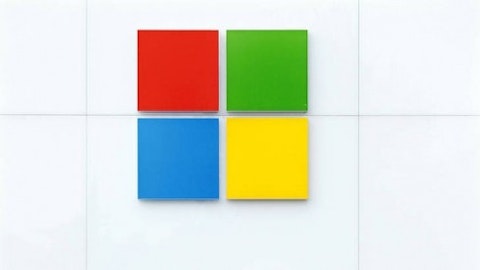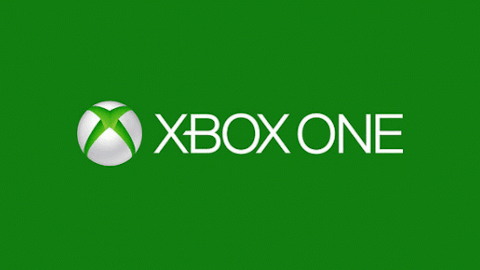Sony Corporation (ADR) (NYSE:SNE) is a household name in Asia, but currently earns almost two-thirds of its annual revenue from its operations outside Japan, and is considering a corporate restructuring plan proposed by its largest shareholder Daniel Loeb. Mr. Loeb is the head of Third Point hedge fund and has earned quite a reputation for shareholder activism in recent years. Incidentally, Third Point currently owns around a six percent share in Sony, making them the biggest single stakeholder in Sony at this time.
Incorporated in 1946, Sony Corporation (ADR) (NYSE:SNE) operates in the consumer electronics industry and is a giant by any measure. They also have a well-diversified product portfolio catering to the consumer, professional and industrial markets. As a group of companies, they are worth $21.2 billion, and unlike most closely knit Japanese conglomerates, Sony has a combination of large shareholders from abroad.
The Spinoff Plan
In their consumer segment, Sony Corporation (ADR) (NYSE:SNE) has two operational arms – entertainment and consumer electronics. Both segments have been the core vision of Sony in terms of developing products, and they have built good brand equity in the western market. However, in May 2013, Mr. Daniel Loeb sent a letter to Sony’s CEO Mr. Kazuo Hirai to consider a proposal where Sony would sell part of its entertainment business. His proposal is to reduce Sony’s TV, movies and music operations by 15% to 20%. According to Mr. Loeb, the cash generated from the sell-off should be invested to revitalize its consumer electronics operation to better compete with the likes of Philips, Panasonic and other brands that have been taking the upper hand in recent years as far as sales are concerned.
Mr. Hirai, a western educated chief executive who is open to “ideas,” made a nonaligned remark that the plan to sell off one-fifth of its entertainment business will affect “a core part” of Sony Corporation (ADR) (NYSE:SNE)’s business. He also mentioned that he will allow the board to give it “thorough consideration.”
Market Reaction to Spinoff Plan or Industry Trend?
Analysts from all sectors commented that investors took the spinoff news as positive for Sony, and its share price has been soaring since early May. On May 1, Sony’s stock was trading at $16.25. By May 22 it had climbed to $22.91, up by a staggering 40.98%. Sure, Sony Corporation (ADR) (NYSE:SNE) has been on the right track and their 5 year average gross margin is 31.52%. As a result of the last quarter, their year-to-year gross margin has improved to 34.05%, although that’s still behind the industry’s 36.70%. The stock price has turned into sort of a bubble based on optimism from the spinoff proposal. As of May 31, the stock price had undergone minor corrections and come down to $20.15. However, looking closely at the entire industry, we might uncover a different story.
Panasonic Corporation (ADR) (OTCMKTS:PCRFY) is one of Sony’s rivals in key markets, as both companies compete for market share in electronic products on a range of consumer, as well as business and industrial applications. Unlike Sony, Panasonic is only in the production and sale of electronic goods. Currently, the company’s year-to-year gross margin is only at 25.79% compared to the industry average of 36.70%, and without any restructuring rumors, its stock price moved in similar pattern to Sony’s. A fundamental difference for these companies is that Sony Corporation (ADR) (NYSE:SNE) is churning a profit where as panasonic has been suffering. In the last four quarters, Panasonic Corporation (ADR) (OTCMKTS:PCRFY) had a loss of -$9.5 billion. A loss of that size is large for any company but especially one like Panasonic with a market cap of $17.6 billion. On May 1, Panasonic’s stock was trading at $7.18; it mounted $9.25 on May 21, but then gave away most of its gains by May 31 as it fell back down to $7.69.




